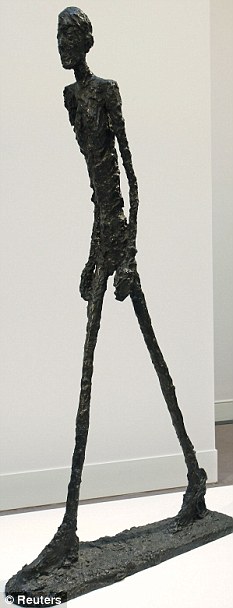by Fábio de Oliveira Ribeiro
Saturday, Feb. 06, 2010 at 4:43 AM
sithan@ig.com.br
The art is of doing the price.

giacometti.jpg, image/jpeg, 233x608
A bronze sculpture of the Swiss sculptor's Alberto Giacometti was auctioned in London by £65 million Euros (US$ 104 million), a price never reached by other work of art sold under the hammer.
This auction suggests an interesting debate: Which the real value of an art work?
In the Classic Antiquity and in the Medium Age the statues were made (or taken as war prize) to turn beautiful the cities and temples. The statues accomplished an important social and cultural function: to symbolize the capacity of accomplishment aesthetic or military of the societies that they produced or conquered it; the statues were objects that celebrated the cultural unit and the energy of the city that consecrated them.
In the Modern Societies the public dimension of the existence was diluted and the private almost invaded all the social existence. For that reason the statues lost the function that originally had. Now it is rare to see statues exhibited in public (exposed Michelangelo's David in the square della Signoria in Florence is just a copy).
Give public decorations out of the trade, the statues became marketable objects destined to the private cult. Their proprietors (museums and millionaires) until they can exhibit the same ones, but most of the time the visitation is paid (when they were put at public places the statues could be admired gratuitously).
As marketable objects the statues started to have a commercial value. For me this value depends less on his intrinsic value (cultural, social and artistic) than of the speech elaborated to sell it. The price reached by the statue of Giacometti is a beautiful example of as the inflation of the speech it is capable to value an ordinary object.
As the new proprietor will recover the money invested in "L'Homme Qui Marches I" is the great mystery.

